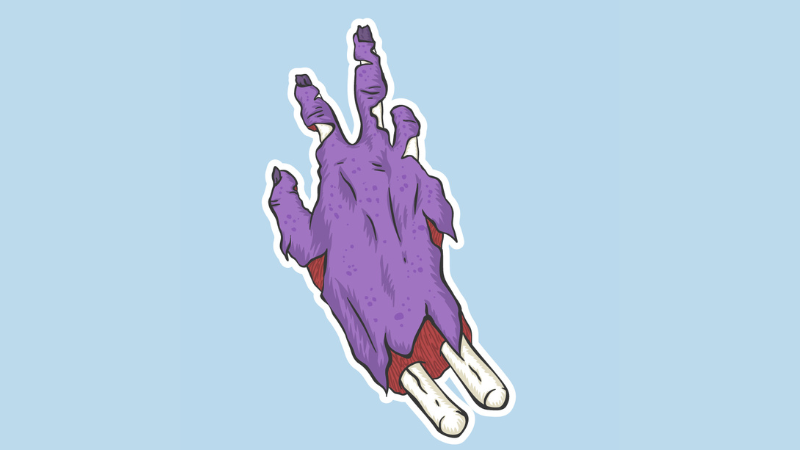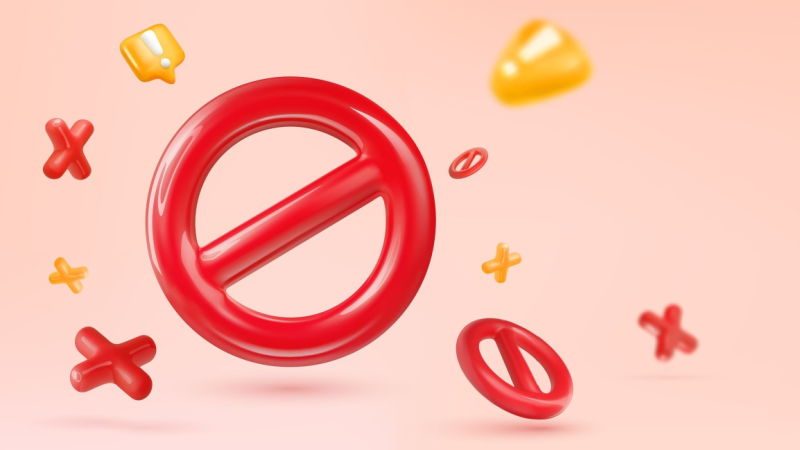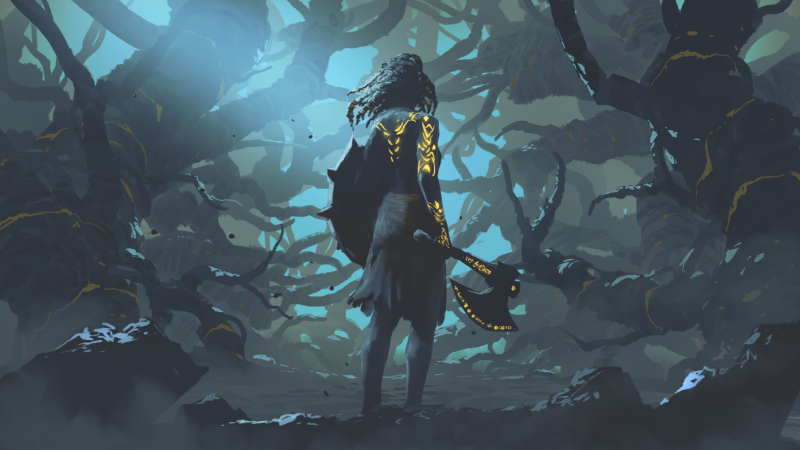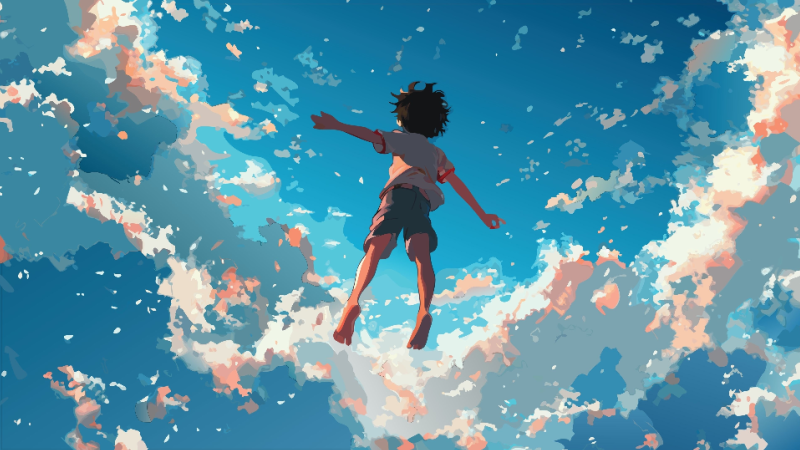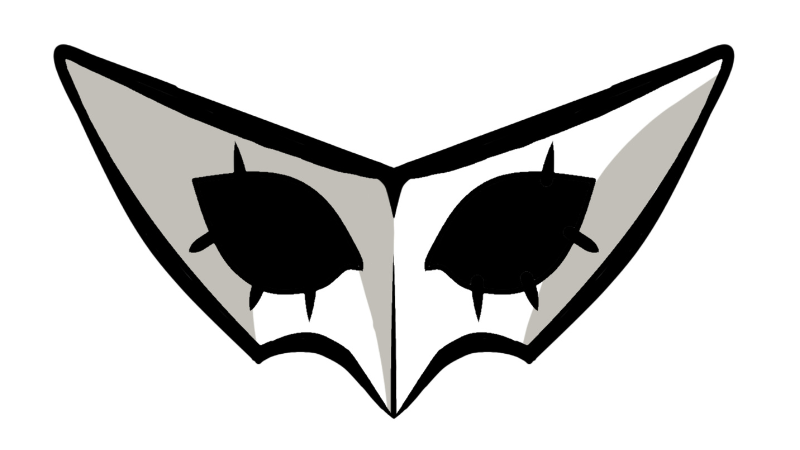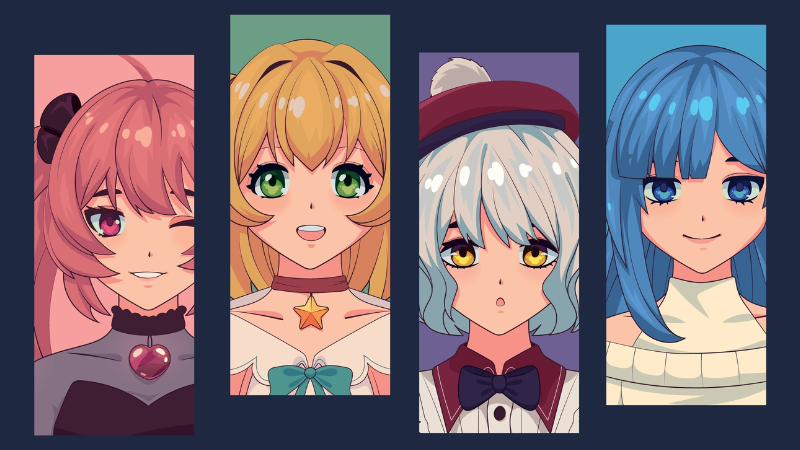Path of Exile
PoE 3.26 Whispers of Infinity Enables Some CRAZY New Builds?
Yes! PoE finally got an update after a year, and we’re totally hyped about it. With all the new content that Secrets of the Atlas has introduced, there are […]
All Path of Exile 2 Changes for Dawn of the Hunt
After the recent backlash surrounding the sluggish state of PoE2’s combat and damage sponge enemies, Grinding Gear Games has just released a post on upcoming changes that will mitigate […]
Path of Exile 2 Patch 0.2.0 Major Nerfs Sparks Controversy Amongst Players
Grinding Gear Games recently nerfed many high-performing skills, passives, and Uniques, causing Path of Exile 2 to feel significantly slower. Many players have noted how regular mobs in the […]
All PoE 2 Dawn of the Hunt New Uniques (Amulets, Armor, Weapons, and Accessories)
PoE 2 Dawn of the Hunt brings in several new uniques to the armory, and they’re available from any sources within the current update. If you plan on making […]
Path of Exile 2 Dawn of the Hunt Mystery Box Contents (All Cosmetics and Pull Rates)
Path of Exile 2 Dawn of the Hunt has plenty of new content to make players start fresh in the game if they want to. Aside from the new […]
Best Path of Exile 2 Companions Guide: How to Tame Beasts
Path of Exile 2 introduced a new skill called Tame Beast that allows you to capture certain enemies and use them as summons. This ability is part of the […]
Elon Musk Back at the PoE 2 HC Leaderboard After Admitting to Boosting
It’s been less than a week since Elon Musk admitted to ‘cheating’ in Path of Exile 2 to reach the leaderboards, and it seems that the X CEO is […]
All Upcoming Path of Exile 2 Patch 0.1.1 Changes
Grinding Gear Games has released a video talking about Path of Exile 2’s Patch 0.1.1 and its features like revamped map rewards, map changes, and some much-needed QoL changes. […]
How to Use PoE 2 Loot Filter
Path of Exile 2 players mostly farm to get the items they need for various purposes. Some will have to explore or slay a horde of mobs. Picking through […]
PoE 2 Players Are Abusing Instance Crashing, Which Is a Bannable Offense
Path of Exile 2 is no stranger to players trying to exploit certain bugs for currency or gear. The community has managed to figure out one exploit that saves […]
How To Increase Your Path of Exile 2 Account Security
News that Path of Exile 2 is experiencing a security breach has flooded social media channels, with players citing both currency and items from their accounts being missing. With […]
PoE 2 Experiencing Rampant Hacking and Security Crisis
Path of Exile 2 has seen an increase in hacking cases as multiple players have flocked to the game’s Reddit page to voice their complaints. Many users reported that […]
Upcoming Path of Exile 2 Patch Will Fix Endgame Content
Path of Exile 2’s current issues such as the Honor system, respec gold costs, and mapping difficulty will be rebalanced to make the endgame feel less daunting. Grinding Gear […]
All Path of Exile 2 Patch 0.1.0d Nerfs and Buffs
Grinding Gear Games has shifted the balance of power for certain builds in Path of Exile 2, with the Sorceress being hit the hardest. While GGG has provided some […]
List of All Path of Exile 2 Biggest Changes
Path of Exile 2 made significant changes to the game, and players get to see most of them during the Early Access phase. Many familiar features have been tweaked […]
Path of Exile Tips & Guides for Support
Welcome to our Path of Exile Tips page! We cover everything from league specific content to general guides about Path of Exile (PoE). If you’re looking for the best way to start your Atlas progression, which class to play, or even how to pick up PoE in the first place, then we’ve got you covered!
In this section, you can look forward to reading articles of Gaming Writers whose entire goal is to make PoE easier for you, the reader. We understand how difficult the game can be, which is why we cover everything from the basics to the complex. Our goal is for every reader to leave having learned something new to make them a better player and make their experience better. One of our favorite sections and a great place for any player to start is our compendium of PoE Builds. Whether you’re looking for a build to start a league or start PoE entirely, it’s here! If you’re seeking for a way to waste the exalts you’ve built up, we have that too!
Speaking of exalts, do you have trouble finding any? We can help with that as well! Whether you want to use our guide to of Top Apps, or which Map Mods to run for optimal returns, we can point you in the right direction. And if that’s too slow, we can help in other ways on PlayerAuctions!
So get to reading our Path of Exile Tips, figure out what build you want to play, what maps you want to run, and which masters to complete. Then, get out there and slay a few hundred thousand monsters! PoE is a massive game with no end of enemies to kill and bosses to kill you! Explore, have fun, and visit us when you get stuck.
Make sure to show PUBG some love!
